
The Future of AI in HR and Recruiting: Smarter Hiring or More Bias?
The talent acquisition landscape is undergoing a seismic shift, fueled by the rapid advancement and increasing accessibility of Artificial Intelligence (AI). Promises of streamlined processes, reduced costs, and more efficient matching of candidates to roles have captivated HR executives and recruiters alike. From automated resume screening and chatbots fielding initial inquiries to predictive analytics identifying top performers, AI is poised to revolutionize how organizations find, attract, and retain talent. However, this technological transformation isn’t without its pitfalls. The question looming large over the future of AI in HR is this: will it lead to smarter hiring, or simply amplify existing biases in the workforce?
For years, HR professionals have grappled with inefficiencies in traditional recruitment methods. Sifting through mountains of resumes, conducting repetitive initial screenings, and scheduling countless interviews are time-consuming tasks, often prone to human error and subjective judgments. This is where AI shines. AI-powered tools can automate these processes, freeing up recruiters to focus on more strategic activities like building relationships with candidates and developing employer branding initiatives.
The Allure of Efficiency: How AI is Transforming Talent Acquisition
One of the most impactful applications of AI in HR is in resume screening. AI algorithms can analyze thousands of applications in a fraction of the time it would take a human recruiter, identifying candidates whose skills and experience best match the job requirements. This drastically reduces the initial screening workload and helps ensure that qualified applicants are not overlooked. Furthermore, AI can be trained to identify keywords and phrases indicative of success in specific roles, further refining the selection process.
Chatbots are another popular AI application, providing instant answers to candidate questions about job openings, company culture, and benefits packages. This improves the candidate experience by providing immediate support and reduces the burden on HR staff to handle routine inquiries. By providing 24/7 availability and consistent information, chatbots can significantly enhance employer branding and attract top talent.
Beyond streamlining initial processes, AI can also be used to predict candidate success. Predictive analytics tools can analyze historical data on employee performance, identifying patterns and characteristics that correlate with high performance. This information can then be used to assess new candidates and predict their potential for success within the organization. By identifying candidates who are more likely to thrive in specific roles, AI can help reduce employee turnover and improve overall organizational performance.
Finally, AI-powered platforms are even being used to conduct video interviews, analyzing facial expressions, tone of voice, and word choices to assess a candidate’s personality and communication skills. This can provide valuable insights into a candidate’s suitability for a role beyond what can be gleaned from a traditional resume or phone screening.
The Dark Side of Algorithms: The Peril of Unintentional Bias
While the potential benefits of AI in HR are undeniable, the risk of perpetuating and even amplifying existing biases is a significant concern. AI algorithms are trained on data, and if that data reflects historical biases, the AI will inevitably learn and perpetuate those biases. This can lead to discriminatory hiring practices that disadvantage underrepresented groups.
For example, if an AI system is trained on data from a company that has historically hired predominantly male engineers, it may learn to associate certain keywords and qualifications with male candidates, leading it to automatically filter out qualified female applicants. Similarly, if the data reflects biases against certain racial or ethnic groups, the AI may inadvertently discriminate against candidates from those groups.
The insidious nature of this bias lies in its objectivity. Because the AI is making decisions based on data, it can be difficult to detect and challenge the underlying biases. This can lead to a false sense of security, with HR professionals believing they are making unbiased decisions when, in reality, the AI is perpetuating systemic inequalities.
Navigating the Ethical Minefield: Considerations for HR Leaders
So, how can HR leaders harness the power of AI in HR while mitigating the risk of bias? The answer lies in a proactive and ethical approach that prioritizes transparency, fairness, and accountability.
- Data Auditing and Mitigation: The first step is to carefully audit the data used to train AI algorithms. Identify any potential biases and take steps to mitigate them. This may involve removing biased data, re-weighting certain features, or using techniques like adversarial training to make the AI more robust to bias.
- Transparency and Explainability: It’s crucial to understand how AI algorithms are making decisions. Choose AI tools that provide transparency and explainability, allowing HR professionals to understand the reasoning behind the AI’s recommendations. This enables them to identify potential biases and challenge decisions that appear unfair.
- Human Oversight: AI should not be used as a replacement for human judgment. Recruiters should always review the AI’s recommendations and make the final hiring decisions. This ensures that the AI’s biases are not inadvertently perpetuated and that candidates are assessed based on their individual merits.
- Diverse Teams and Perspectives: Ensure that the teams developing and implementing AI tools are diverse and representative of the workforce. This will help to identify potential biases and ensure that the AI is designed and used in a fair and equitable manner.
- Continuous Monitoring and Evaluation: AI systems should be continuously monitored and evaluated to ensure they are performing as expected and are not perpetuating bias. Regularly assess the impact of AI on diversity and inclusion metrics and make adjustments as needed.
- Legal Compliance: Stay informed about relevant legal and regulatory requirements regarding AI and employment. Ensure that AI tools comply with all applicable laws and regulations.
The future of AI in HR and recruiting is not predetermined. It is up to HR leaders to shape its trajectory and ensure that it is used to create a more diverse, equitable, and inclusive workforce. By embracing a proactive and ethical approach, organizations can harness the power of AI to improve efficiency, reduce costs, and make smarter hiring decisions, without sacrificing fairness and equality. The key is to remember that AI is a tool, and like any tool, it can be used for good or for ill. It is our responsibility to ensure that it is used responsibly and ethically.
The potential of AI to transform HR is vast, but realizing that potential requires careful planning, ethical considerations, and a commitment to continuous improvement. As you navigate this evolving landscape, remember that the ultimate goal is to build a workforce that is diverse, talented, and reflective of the communities you serve.
Ready to unlock the power of AI for your HR and recruiting processes while staying ahead of potential pitfalls? We invite you to learn more about MyMobileLyfe’s AI services and how we can help you achieve smarter hiring practices that are both efficient and equitable. Visit us today at https://www.mymobilelyfe.com/artificial-intelligence-ai-services/ to explore our AI solutions and discover how we can partner with you to build the future of talent acquisition.

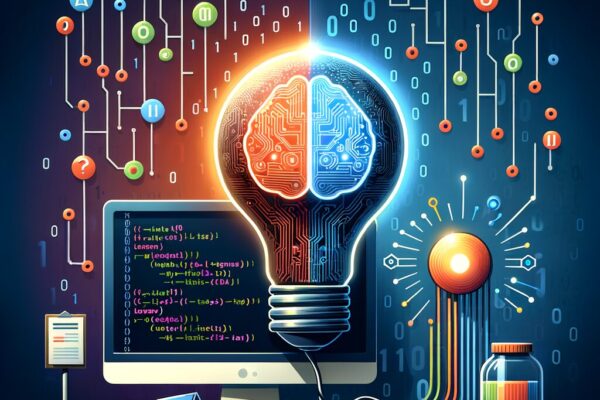
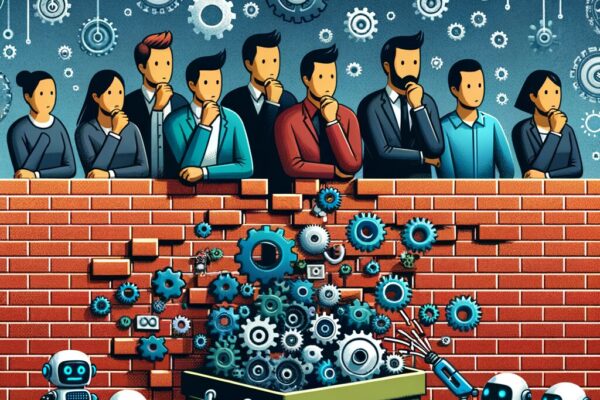


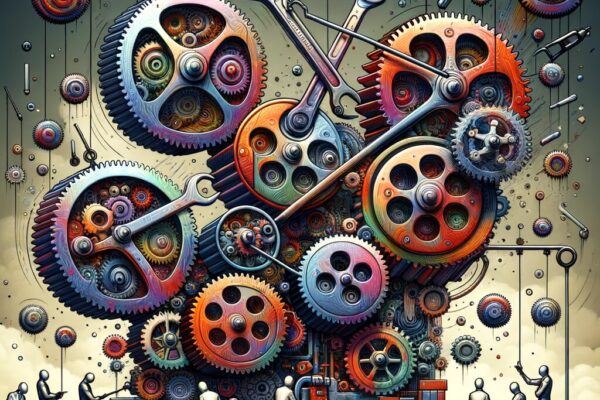
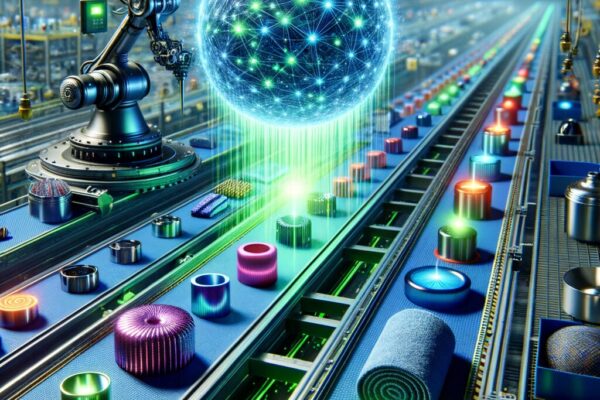














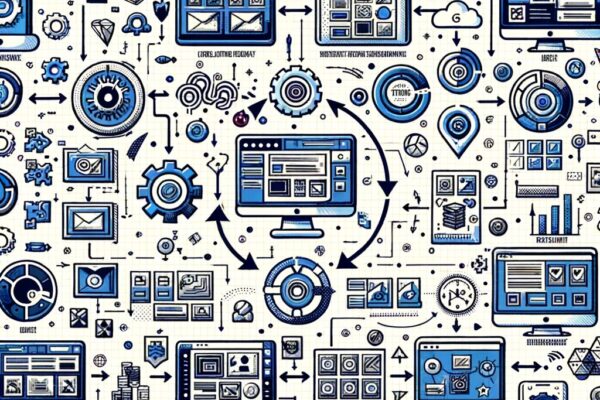
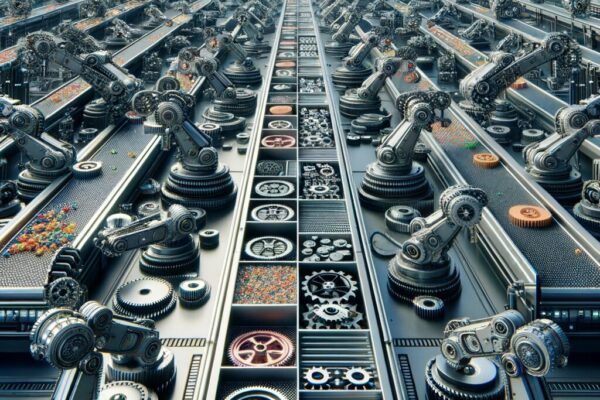






















































































































































Recent Comments